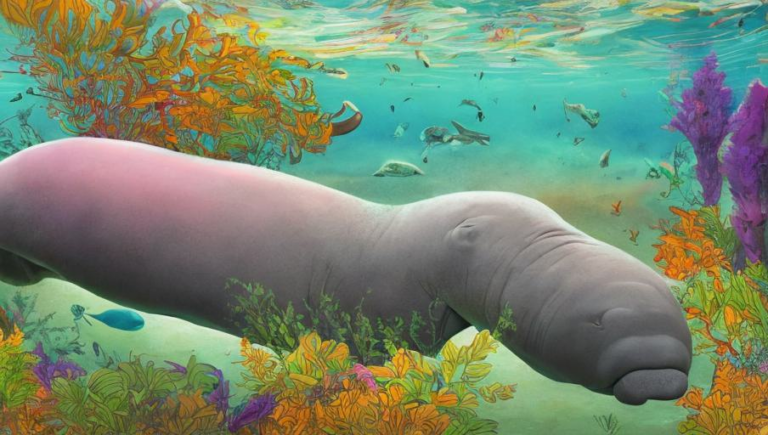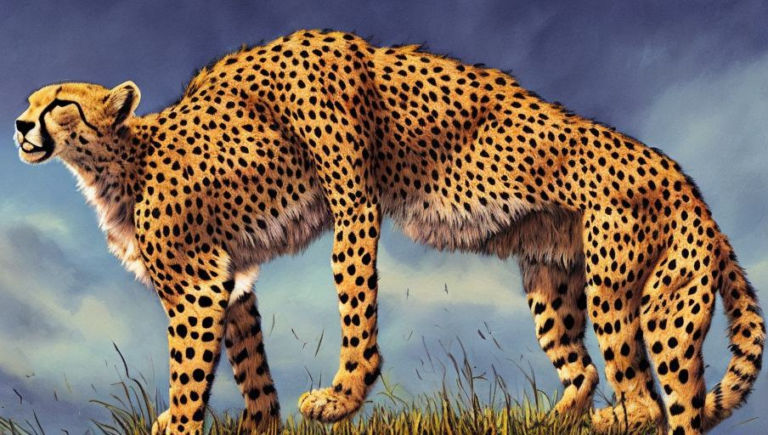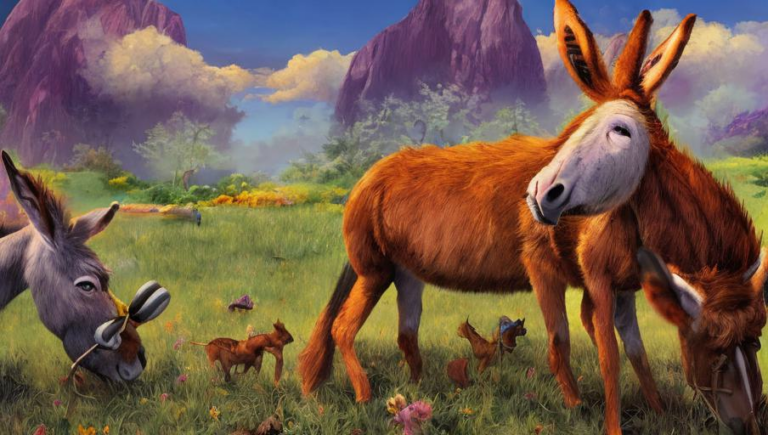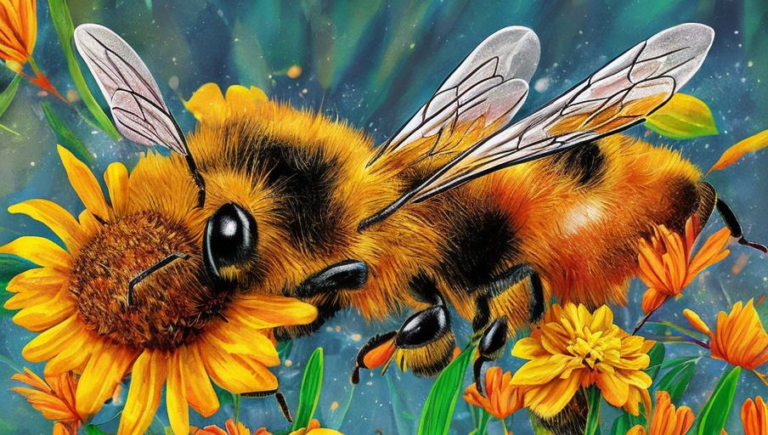Examining the Reproductive Habits of Crabs
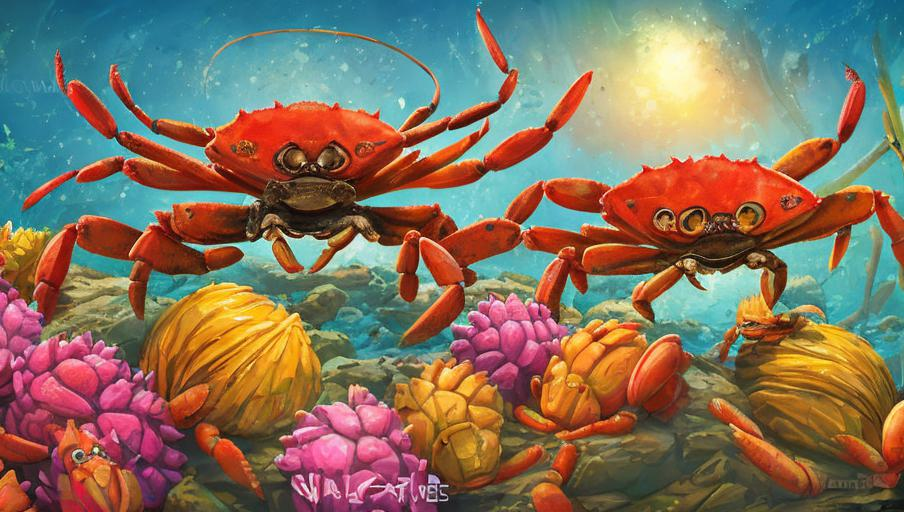
Introduction
Crabs are one of the world’s most intriguing creatures, known for their unique features and behaviors. They are found in many diverse habitats throughout the world, including coastal areas and inland bodies of water. But have you ever wondered about the reproductive habits of crabs? In this article, we will explore the fascinating mating and birthing rituals of crabs, and how they reproduce in order to survive and thrive.
Mating
Crabs mate in a variety of ways. Some crabs, such as fiddler crabs, mate by passing a sperm packet to the female. The female will then store the sperm in her reproductive tract until she is ready to lay her eggs. Other crabs, such as hermit crabs, mate by the male transferring sperm directly into the female’s reproductive tract. Some species of crabs even engage in courtship rituals, such as waving their claws and vibrating their bodies to attract a mate.
Birthing
Once a crab has mated, the female will lay her eggs in a safe and secure location. In some species, the female will lay her eggs in a nest that she has built, while other species may lay their eggs in the sand or mud. The eggs will then hatch and the baby crabs will emerge. In some species, the female may carry the eggs on her body until they hatch, while other species may leave their eggs to incubate in the water.
Migration
Once the baby crabs hatch, they will migrate to more suitable habitats where they can find food and shelter. Many species of crabs will migrate to estuaries where they can find food and safety. Some species of crabs, such as blue crabs, even travel great distances during their migration.
Growth and Reproduction
When the baby crabs reach adulthood, they will begin to reproduce. The male crabs will court the female crabs and transfer sperm directly into her reproductive tract. The female will then lay her eggs in a safe location and the cycle will begin again. The crabs will continue to reproduce and grow in size until they reach their full size.
Conclusion
Crabs have a fascinating reproductive cycle, from courtship rituals to migration. By understanding their reproductive habits, we can gain insight into their behavior and help protect their habitats. Crabs are an important species in many marine and freshwater ecosystems, and it is important that we do our part to protect them.
